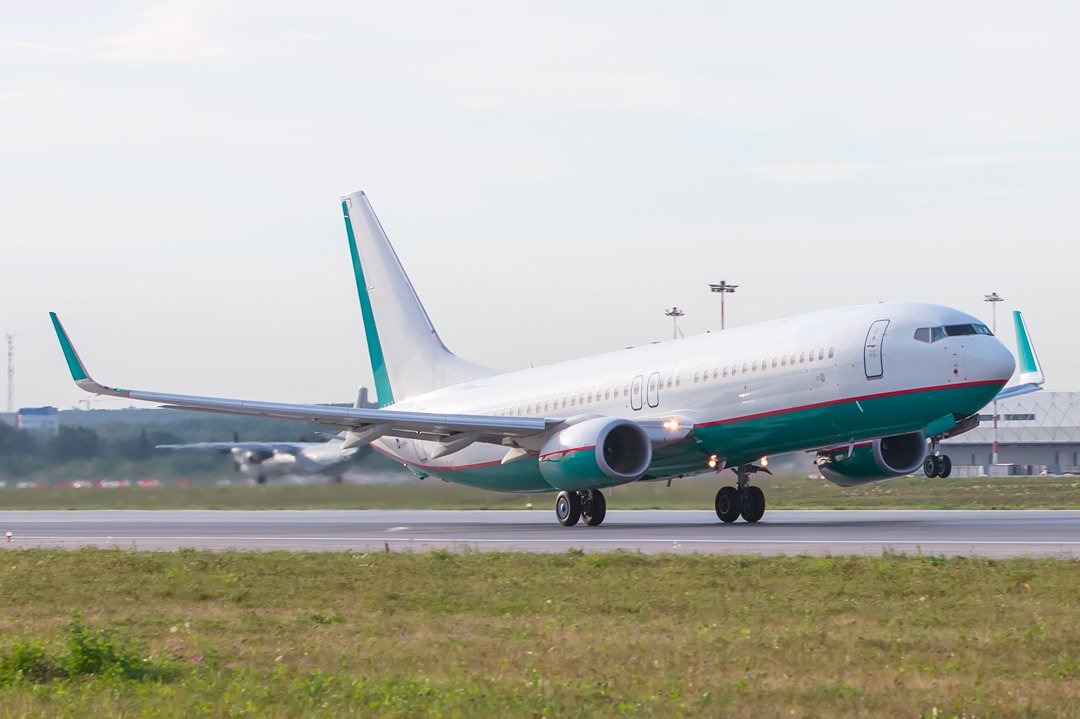Reading Time: 3 minutes
Table of contents
When someone is terminally ill, the aim is to maintain their quality of life for as long as possible and to make their end-of-life care as dignified as possible. For this purpose, various hospice settings exist in which terminally ill people are provided with specialised care. The patient's relatives can also be cared for in the hospice during this difficult time, and can receive emotional and spiritual support from the staff.

The prerequisite to a hospice place is a referral from the patient’s doctor. However, there are usually only a limited number of places in each facility so that the specially trained nursing staff can give the patients the necessary care and attention. In total, there are 217 inpatient hospices and 286 palliative care wards in Germany. However, the regional distribution of hospices in Germany is very uneven. For example, there are more than 60 hospices in North Rhine-Westphalia, and only seven in Mecklenburg-Western Pomerania.
If all the places in the patient’s local hospice are taken, it is often possible to accommodate the patient in another hospice facility. Many people living abroad wish to spend their last days in their own country, which is why in some cases their relatives choose to bring them to a hospice in their home country.
Terminally ill patients usually require comprehensive medical care. Therefore, patients should also receive the best possible care when they need to travel. Even terminally ill people can travel safely on board an ambulance aircraft.
What are the options for transporting terminally ill people?
Various means of transport can be used for transporting a seriously ill person internationally.
- Ambulance
- Helicopter
- Ambulance aircraft
- Scheduled airliner
A ground ambulance is usually used as a transport vehicle to the airport and from the airport to the hospice. Travelling the whole distance by ground ambulance can be very stressful for the patient, as long road journeys, often beset by traffic jams, can slow down the patient transfer and lead to an unnecessary deterioration in the patient’s condition.
A helicopter is also not a good option for a longer transport route. The relatively slow speed and short range of helicopters are arguments against using them for long-haul patient transports. However, like ambulances, they can be used to bring the patient to and from the airport.
Transport by ambulance aircraft or scheduled airliner is the fastest and safest method, although there are also differences between these means of transport.
Scheduled airliner

A scheduled aircraft may be suitable for transporting a seriously ill person. With the agreement of the airline, a patient can be transported in a scheduled aircraft, either seated or lying down, accompanied by medical personnel. However, a lead time of 1–2 days should be factored in for such patient transports by scheduled airliner.
The airline requires this lead time in order to prepare for the flight, e.g. Installing a patient bed in the cabin or checking whether the patient is in fact fit to fly. During the flight, a privacy screen protects the sick person from the curious glances of other passengers. If you feel that a flight with a higher degree of privacy would be more appropriate, an ambulance aircraft is the perfect means of transport.
Ambulance aircraft

Using an ambulance aircraft ensures that terminally ill people are transported quickly and safely. The equipment in an ambulance jet is similar to that of an intensive care unit so that the experienced flight doctor accompanying the patient can provide the best possible care during the flight.
The patient's relatives usually want to accompany the sick person for as much of the journey as possible and be by their side. In most cases, this is possible during an ambulance flight. Depending on the aircraft type, an accompanying person can normally sit near the patient.
In contrast to scheduled airliners, ambulance aircraft, thanks to their smaller size, can also land at small airports. This has the advantage that the patient can land in the immediate vicinity of the hospice, so that unnecessarily long road journeys can be avoided, preventing additional stress for the patient.
What are the costs of transport to a hospice?
It is not possible to give a general figure for the cost of transporting a patient to a hospice, as various factors are considered when calculating the costs:
- the means of transport
- the flight route
- the health status of the patient
- the number of accompanying persons
- the urgency of the transport required.
We would be happy to discuss your individual case during a personal consultation and, if you wish, can provide you with a non-binding quotation.
Medical Air Service, the best partner for your patient transport
Thanks to our many years of experience in transporting patients by air, we can organise transport for you within a very short time. In order to relieve you of as much stress as possible, we can also take over the communication with the doctors treating the patient, if you wish. If the hospice is located abroad, our international team can establish contact with the foreign authorities.
Contact us now
Our experienced team as Medical Air Service is available 24 hours a day, 7 days a week and can provide you with free information about the benefits and risks of an ambulance flight. On request, we will provide you with a non-binding offer for your individual case.
Get in touch now